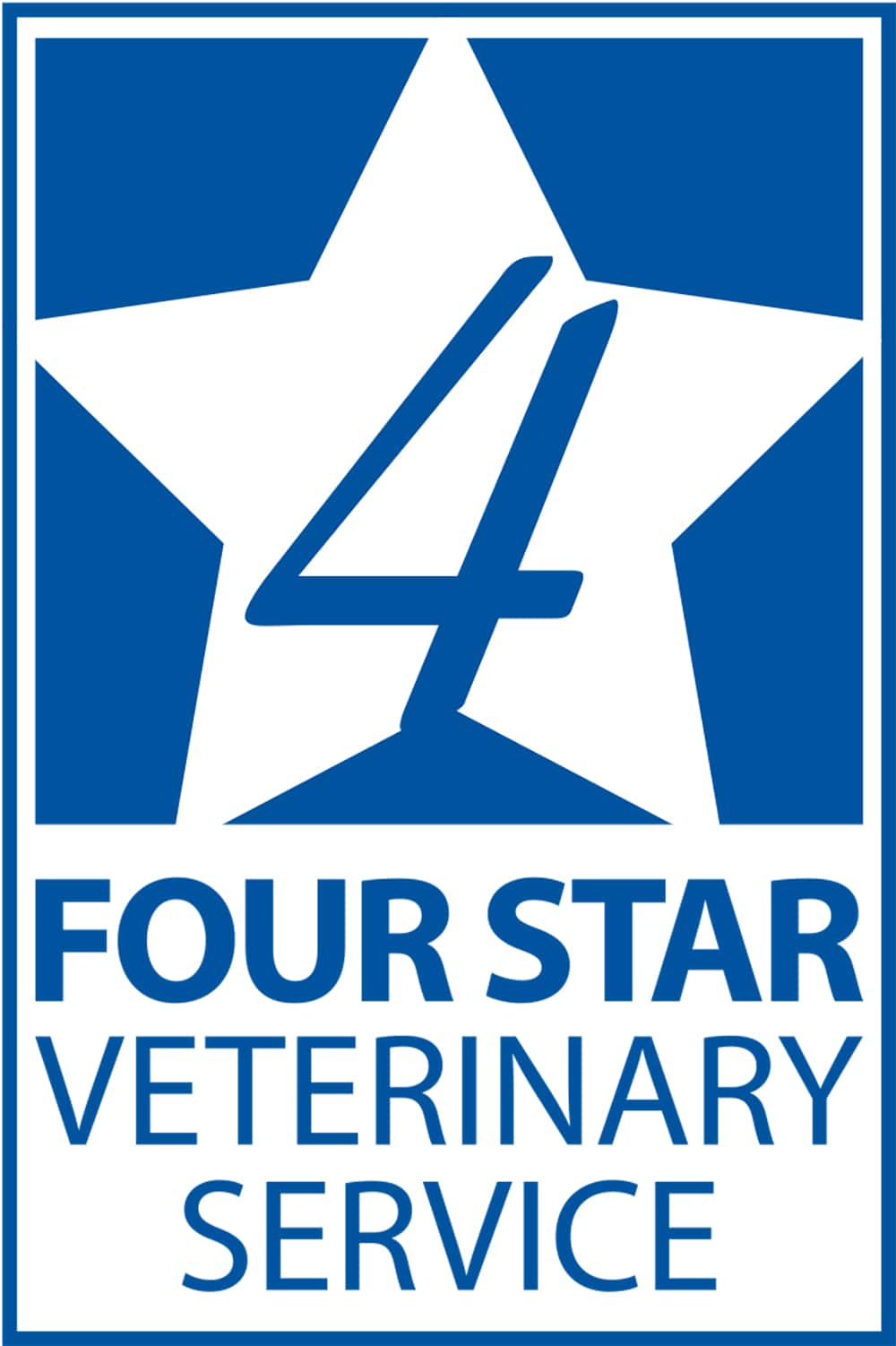
“We put a lot of time and attention on day-1 pig care, but we also need to recognize that sow care is an important component of it,” reported Laura Carroll, DVM, Four Star Veterinary Service in Elizabethtown, Pennsylvania.
“I’m a firm believer that we can’t produce quality weaned pigs unless we have a heathy, happy sow,” she said. For example, a scouring litter could be the result of a sow not milking well rather than a primary enteric disease in the piglets.
Carroll discussed the strategies she sees used by successful farrowing teams for handling sow care.
Set a routine, work together
The best sow and piglet care comes from teams who develop a good, consistent routine and stick with it. They can divide up tasks while still working together as a team.
“For some teams, it works well to have multiple people in the same farrowing room during morning chores,” Carroll said. “This allows another set of eyes on the same farrowing crate, which can be a benefit. Someone may notice something that the other teammate didn’t.”
Strong communication
Successful teams do a good job communicating with each other to make sure everyone is aware of problem sows or litters. Some teams keep white boards hung in a hallway or office to keep track of sows with issues.
Another method utilizes colored clothespins attached to a farrowing crate to quickly indicate sow problems. For example, a red clothespin indicates the sow is off feed, and a green clothespin means the sow is lame.
“I like this technique because anyone could walk into that room and know what’s going on by the clothespins,” Carroll said. “It’s an easy identification as you walk by. It helps you stop and pay attention to her.”
Pain mitigation
“This is an area that is often under-utilized in sow care,” Carroll said.
“Anti-inflammatories are a good tool to utilize for sows post-farrowing for clinical signs such as off feed, reluctant to rise or lethargy,” she added.
They can also be used in conjunction with an antibiotic to treat mastitis or lameness. “From an animal-welfare standpoint, it’s the right thing to do.”
Focus on gilts
Sows and gilts go through an acclimation period when moved to farrowing crates. Carroll recommends making sure all females find the water source, especially gilts.
“Some gilts have difficulty finding the water nipple,” she said. “Some teams place a small amount of peanut butter on the nipple prior to loading the room, to help the gilts find the water source. Four to six hours after the room is loaded, team members can look for the presence or absence of the peanut butter to indicate if she has drunk yet or not.”
If possible, put gilts together in one section or one farrowing room so team members can pay special attention to them. “Gilts tend to require a little more attention to ensure they have a smooth farrowing process,” she added.
After farrowing, team members need to carefully check and monitor all sows and gilts for any possible problems. Here is Carroll’s standard checklist of what to look for post-farrowing.
Post-farrowing sow care checklist
- Make sure sows get up every day. Watch to see if sows are quick to rise. If they get up slowly or are unable to get up, investigate further and treat appropriately, if needed.
- Is the sow passing stool easily? Constipation can be an issue around farrowing time. If necessary, administer a laxative.
- Is the sow eating and drinking? A sow’s appetite may decline pre- and post-farrowing. But 24 hours after farrowing, she should be eating well. If not, let her out of the crate to walk around the room. This will usually stimulate appetite and water consumption.
- Check the vulva for discharge. If there is foul-smelling, yellow-brown discharge, treat with an appropriate antibiotic based on your veterinarian’s recommendation.
- Check for red, hard udders. This is a sign of mastitis. Treat with an antibiotic and possibly an anti-inflammatory medication based on your veterinarian’s recommendation.
